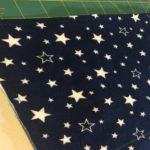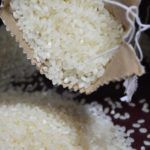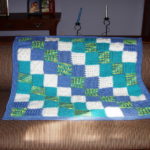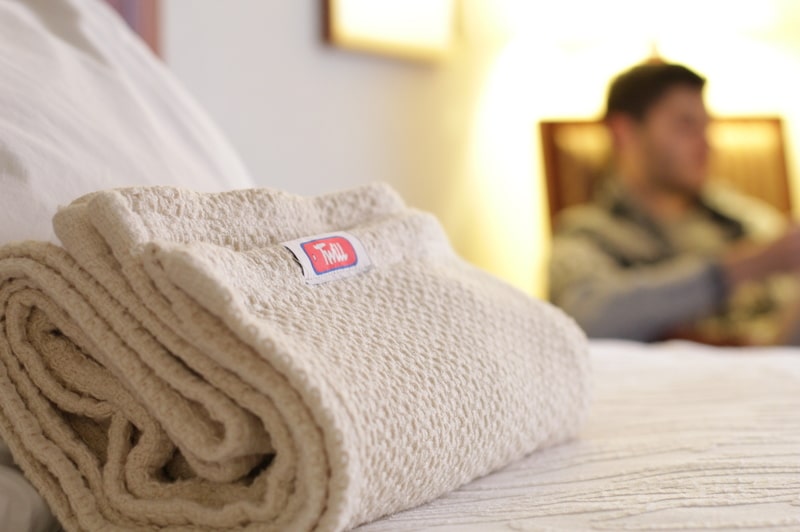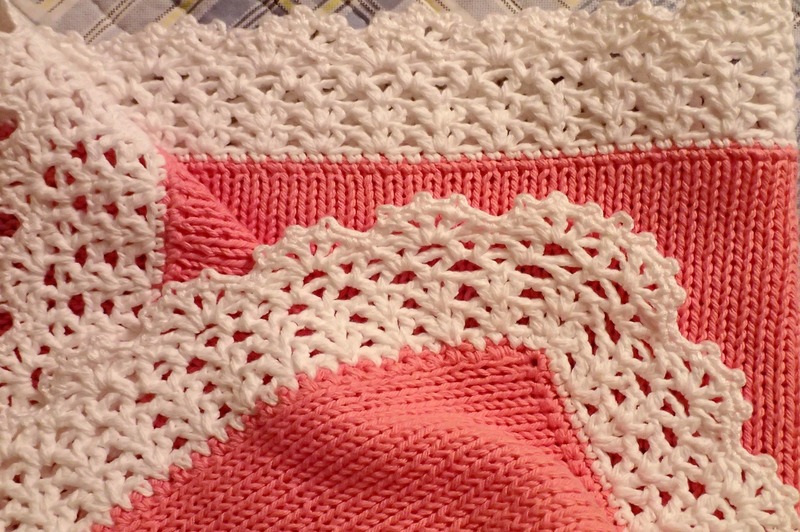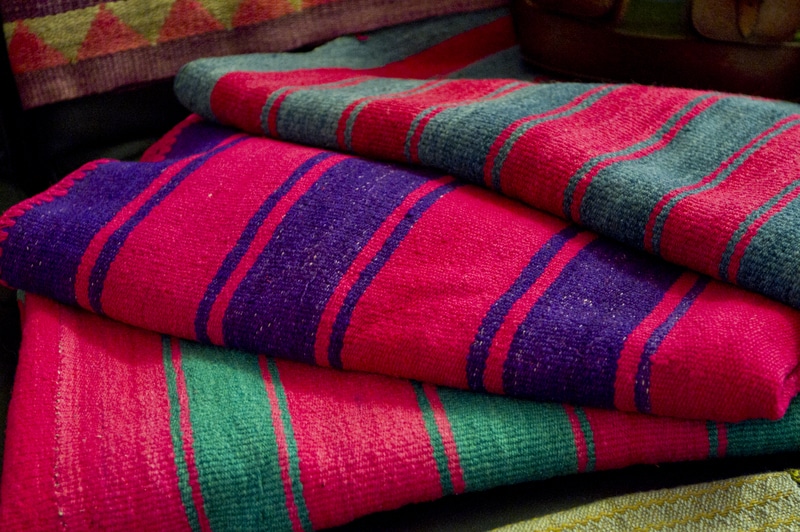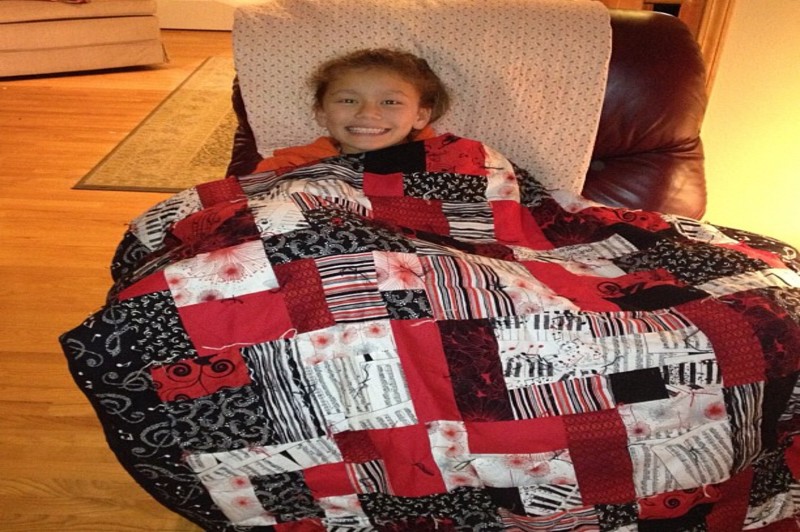It’s been a tough year, and while we’re all still waiting it out, there are a lot of things we can learn to support our well-being.
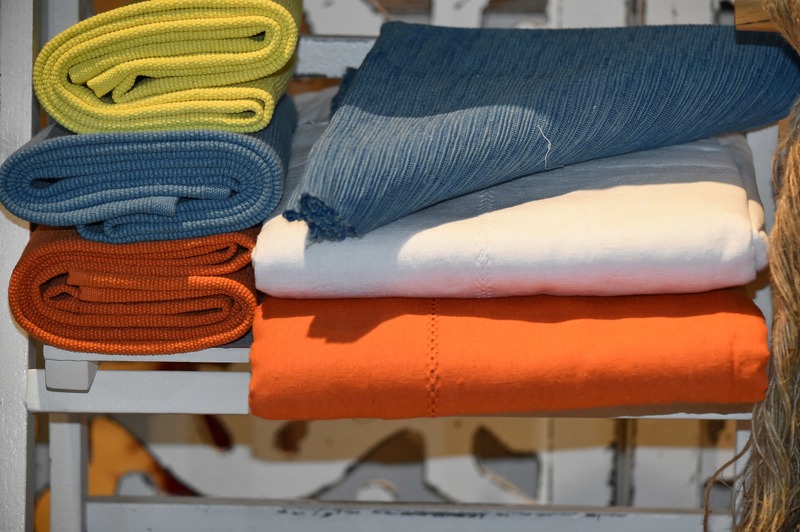
One of these things is learning how to make a no sew weighted blanket, which comes in five easy steps.
MAking a no sew weighted blanket and other little things that we can learn in less than an hour can help us have productive ways to spend our time acquiring new skills and knowledge for when the world opens again.
Weighted blankets are now popular on the market.
While not everyone finds them comforting, these blankets also used by some of us who are just having a bad day or having trouble sleeping.
Why should you wait until you’re in a worse condition if you can help keep those anxieties at bay with this blanket?
Step-By-Step Guide On How To Make A No Sew Weighted Blanket
Weighted blankets are different from the usual blankets as they weigh between three to twenty-five pounds.
They have become mainstream items, and if you haven’t got one yet, here are some steps to making them at home in the UK.
Step #1. Decide on what and how much weight you’ll use
Though the weighted blankets available in stores are made with specific ranges of weights, making them yourself allows you to experiment and decide how heavy they would be.
However, manufacturers use a convention that weighted blankets should not exceed 10% of the user’s body mass.
Such patterns tested and implemented to ensure that the blanket will keep you comfy for the duration of your sleep.
After figuring out how much weight you need for the blanket, you can now decide what type of material to use.
The most common weights are plastic pellets and glass beads, but any granular material of uniform sizes will do.
Just remember that other than being your company to sleep, this blanket will need to get washed after some time, so stay away from grains unless necessary.
Step #2. Measure out a cloth for the cover
If you already have a blanket size in mind, you can next measure these dimensions to the cloth you’re using for cover.
If you’re undecided yet, you can check the standard blanket sizes used by manufacturers and base your measurements there.
Make sure you add some allowance for the foldings and border later on.
Using a ruler, draw straight lines along with your measurements and carefully cut the fabric with a scissor.
You will need two layers from this fabric for covering, making sure you cut two of the same size.
Step #3. Allocate the weights to the blanket
The next step is to divide all your grain weights into the entire blanket.
You can do this by using enough Ziploc bags to cover the whole blanket, partition the grains by column, then by row.
Transfer the grains to each bag. They don’t have to weigh the same, but if you can, using a weighing scale will make your blanket better.
Step #4. Draw grid lines to the cover
Using a ruler, draw grids on one side of your fabric cover, approximating the size of the Ziploc.
These are the lines you’ll follow later on when placing the grains, so make them as uniform as possible.
Step #5. Transfer and lock in the weights
Fold the borders of the fabric inward to make it seamless, then glue the bottom edge of the two layers of cover.
After this part dries, glue the grids of the first box on the striped cloth to the other layer, except the top portion.
Then, transfer the grain contents of one Ziploc bag to that box and seal off the top.
Repeat all this until you finish all the grids of the cover.
To make the divisions sturdier, add enough glue and dry first before adding a new layer. Properly seal the top layer afterwards, and you finished.
How do weighted blankets work?
Weighted blankets are unique as they started and still used as a therapeutic tool for people in the United Kingdom with mental illness.
They can soothe your sleep by calming your nerves, acting as sensory therapy, and aiding the production of healthy substances in your body that trigger your sleep.
Though many UK people are using them these days beyond such purposes, the weights of these blankets help regulate and reduce stress, anxiety, insomnia, and more severe conditions like ADHD and ASD.
Though these blankets are being used worldwide by almost all age groups, there are certain safety limits.
Children below four years old, people with chronic illness, epilepsy, skin allergy, and respiratory problems UK experts advise against using these blankets.
The precautions exist unless medical professionals deem them safe.
The contents of these blankets can be choking and breathing hazards.
Conclusion
Though we’ve shared with you the steps on how to make a no sew weighted blanket, we hope you still prioritise your comfort.
After all, comfort through the entirety of your rest is the original purpose of these blankets.

